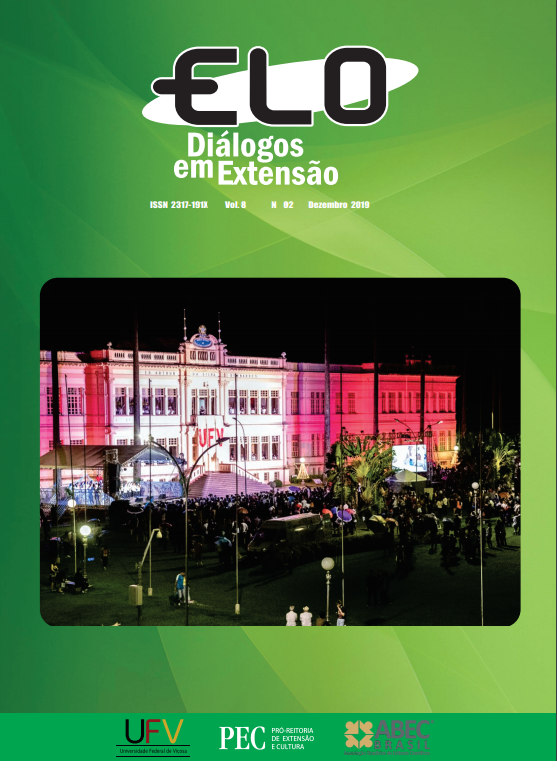Química além da visão: Uma proposta de material didático para ensinar química para deficientes visuais
DOI:
https://doi.org/10.21284/elo.v8i2.8216Keywords:
Chemistry. Alternative teaching material. Visual impairment. Educational inclusion.Abstract
Chemistry is a branch of science that studies matter and its properties. The guidelines for chemistry teaching emphasize that it should not be restricted to the transmission of knowledge. It has to make references to the daily life of students in order to facilitate the assimilation of content. Representations are used for that purpose, such as microscopic teaching materials, graphics and experiments so that one can understand phenomena through color changing, precipitate formation, etc. These procedures are generally based on the visual perception of students. What about students with visual impairment? They would be deprived of a more dynamic and playful chemistry teaching? In this work we present a proposal to develop an alternative teaching material for bringing the content of chemistry in a winsome and engaging way for such students. From the adaptation of images, graphics and illustrations of chapter of a chemistry textbook, we show that it is possible for students to assimilate several scientific concepts, which at first could be taught only from the visual perception. We also provide a suggestion of educational sequence for the use of the developed material based on our experience with a group of 7 students with visual impairment.
Downloads
Downloads
Published
How to Cite
Issue
Section
License
Authors who publish in this journal agree to the following terms:
A. Authors grant the journal the right of first publication, with the work simultaneously licensed under the Creative Commons Attribution License which allows the sharing of work with acknowledgment of authorship and initial publication in this journal.
B. Authors are authorized to take additional contracts separately, for non-exclusive distribution of the version of the work published in this journal (e.g. publish in institutional repository or as a book chapter), with acknowledgment of authorship and initial publication in this journal.
C. The journal holds the right to make format, orthographic and grammatical changes in the article to ensure the language standards, respecting the author’s style as well.
D. The opinions expressed by the authors are of their exclusive responsibility.















